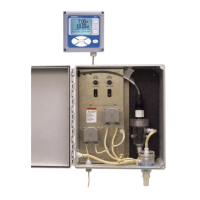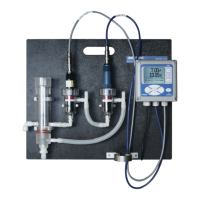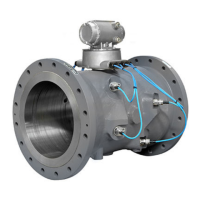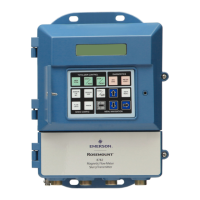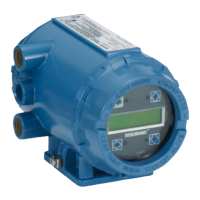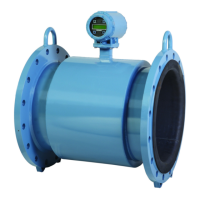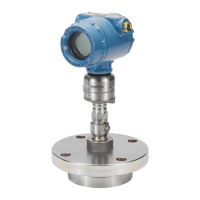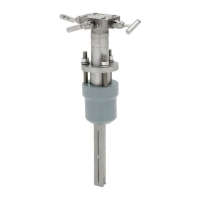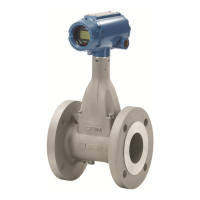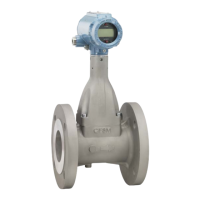Rosemount Model 1195/ProPlate/Mass ProPlate
6-24
NOTE
A.G.A. Report No. 8 specifies that it is only valid for the gas phase. The
Detail Characterization method allows water, n-Hexane, n-Heptane,
n-Octone, n-Nonane, and n-Decane to be present up to the dew point.
When entering these component values, be sure that these components
have not reached their respective dew points.
Table 6-1.
Acceptable Ranges: Gross vs. Detail
Characterization Methods.
Setup Compensated Flow (Natural Gas Flowchart)
Table 6-18 on page 6-25 illustrates a flowchart identifying which
Engineering Assistant Screens are used to define a natural
gas flow configuration.
Engineering Assistant Variable
Gross
Method
Detail
Method
Pressure 0–1200 psia
(1)
(1) The Mass ProPlate sensor operating limits may limit the pressure and
temperature range.
0–20,000 psia
(1)
Temperature 32 to 130 °F
(1)
–200 to 400°F
(1)
Specific Gravity 0.554–0.87 0.07–1.52
Heating Value 477–1150
BTU/SCF
0–1800
BTU/SCF
Mole % Nitrogen 0–50.0 0–100
Mole % Carbon Dioxide 0–30.0 0–100
Mole % Hydrogen Sulfide 0–0.02 0–100
Mole % Water 0–0.05 0–Dew Point
Mole % Helium 0–0.2 0–3.0
Mole % Methane 45.0–100 0–100
Mole % Ethane 0–10.0 0–100
Mole % Propane 0–4.0 0–12
Mole % i-Butane 0–1.0 0–6
(2)
(2) The summation of i-Butane and n-Butane cannot exceed 6 percent.
Mole % n-Butane 0–1.0 0–6
(2)
Mole % i-Pentane 0–0.3 0–4
(3)
(3) The summation of i-Pentane and n-Pentane cannot exceed 4 percent.
Mole % n-Pentane 0–0.3 0–4
(3)
Mole % n-Hexane 0–0.2 0–Dew Point
Mole % n-Heptane 0–0.2 0–Dew Point
Mole % n-Octane 0–0.2 0–Dew Point
Mole % n-Nonane 0–0.2 0–Dew Point
Mole % n-Decane 0–0.2 0–Dew Point
Mole % Oxygen 0 0–21.0
Mole % Carbon Monoxide 0–3.0 0–3.0
Mole % Hydrogen 0–10.0 0–100
Mole % Argon 0 0–1.0
127(
5HIHUHQFHFRQGLWLRQVDUHSVLDDQG)IRU*URVV0HWKRG
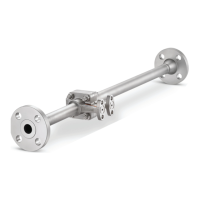
